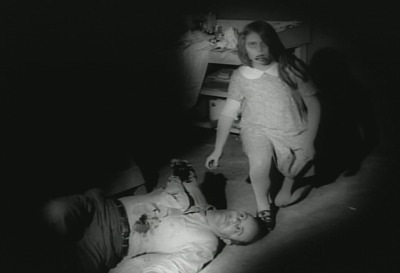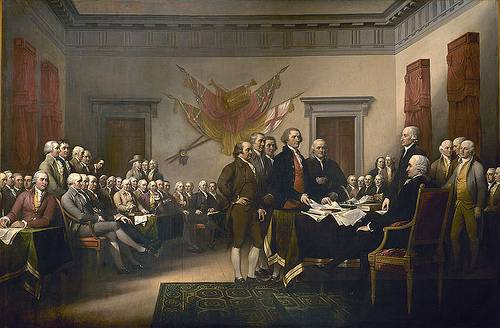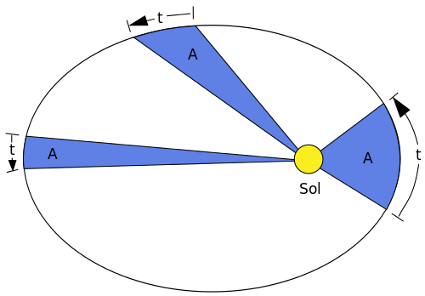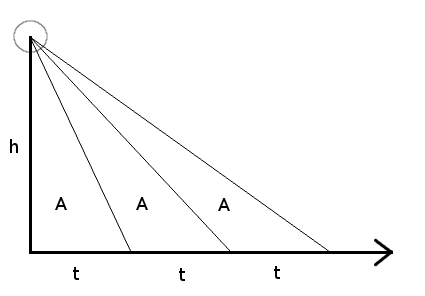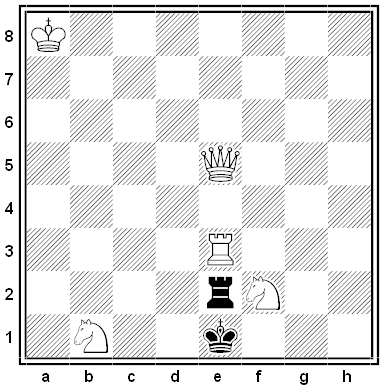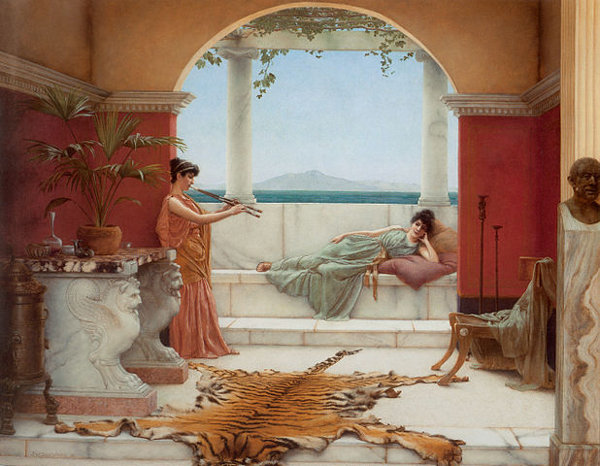“Nothing is really work unless you would rather be doing something else.” — J.M. Barrie
“No, Sir, not a day’s work in all my life. What I have done I have done because it has been play. If it had been work I shouldn’t have done it.” — Mark Twain, New York Times interview, 1905
From a letter by Isaac Asimov, July 20, 1965:
You have a vacation when you do something you like better than your work. But there isn’t anything I like better than my work. My vacation therefore exists all year long — except when I am forced to go away.
But James Thurber wrote, “I suppose that even the most pleasurable of imaginable occupations, that of batting baseballs through the windows of the RCA Building, would pall a little as the days ran on.”

